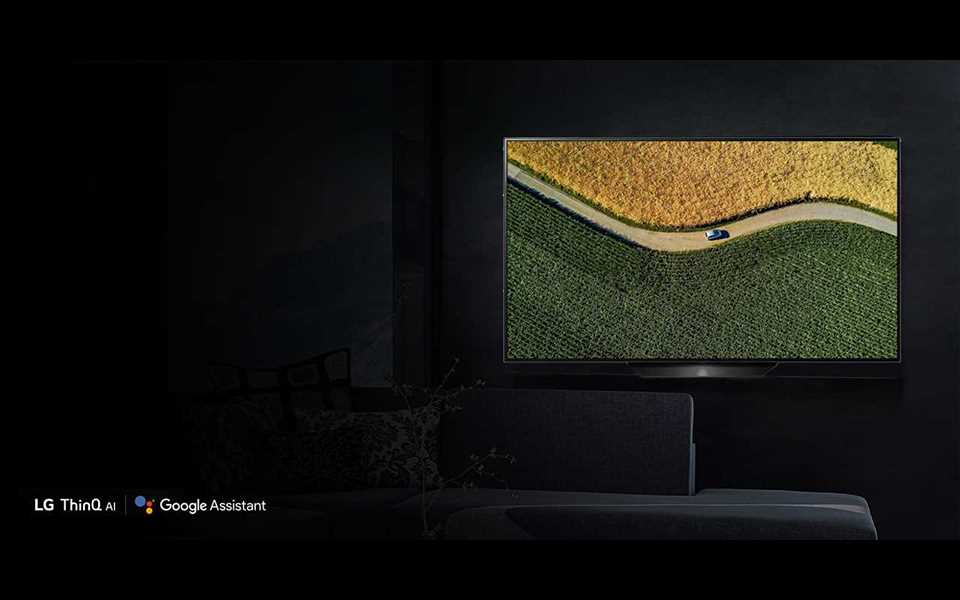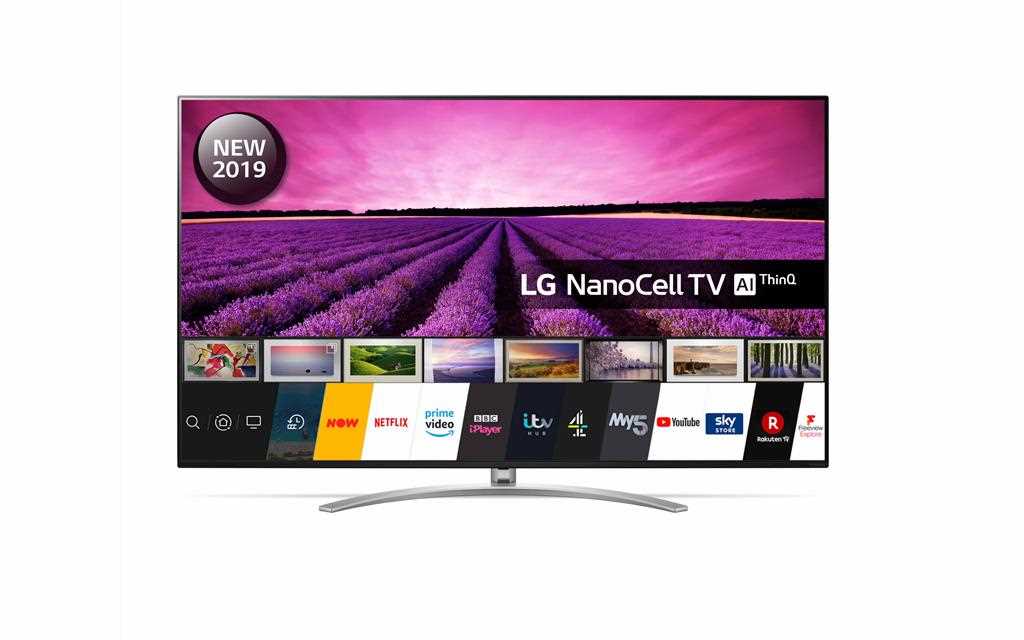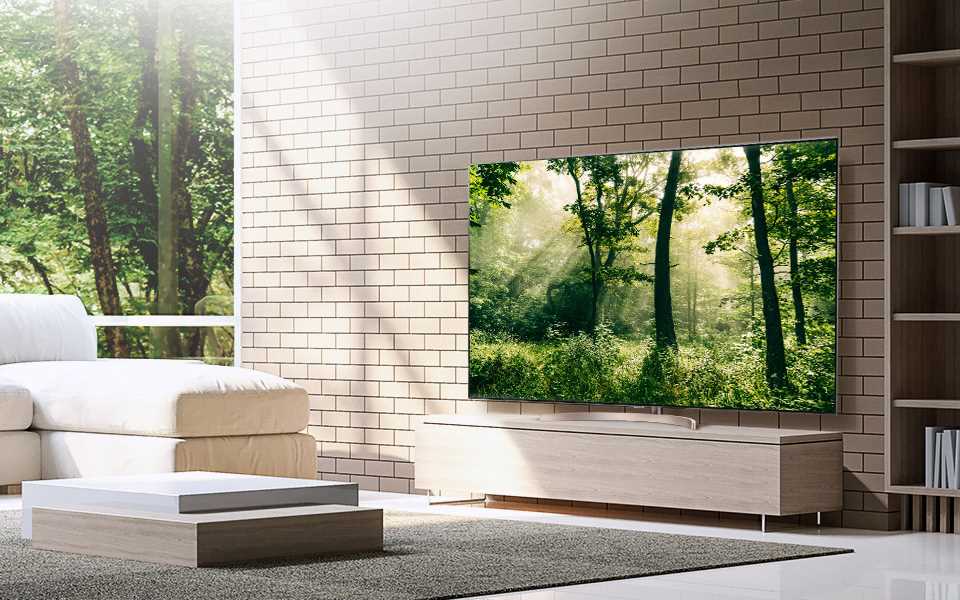We use cookies, including cookies from third parties, to enhance your user experience and the effectiveness of our marketing activities. These cookies are performance, analytics and advertising cookies, please see our Privacy and Cookie policy for further information. If you agree to all of our cookies select “Accept all” or select “Cookie Settings” to see which cookies we use and choose which ones you would like to accept.
AI TV for sound and vision

Movie afternoons spoilt by the sun? Get a TV that tweaks its picture for daylight. Explore the bright future with AI TV from LG. Learn more…
Where do you love to watch TV? Lounging on the sofa or relaxing in bed? Is the room you watch in large or small? Narrow or wide? Does light flood through big windows, or is it shaded by trees? All this can affect the performance of your TV. Until now.
Meet the new generation of LG OLED TVs that use the power of artificial intelligence to tailor picture and sound to your surroundings. Read oin below and learnmore about LG TVs with AI, as we breakdown how AI TV’s work and all the benefits you can expect.
What is AI TV?
LG TVs already use artificial intelligence to help you control your TV with your voice. Now we are using it to improve picture and sound quality. Our mission is to deliver the perfect TV experience – no matter what you’re watching or where.
How AI TV works
AI TV is built into our most powerful TV brain – the a9 Gen2 processor found in 2019 LG OLED TVs and the top of the range NanoCell TV – the SM99.
It understands what you’re watching and in what type of space by using a deep learning algorithm containing millions of data points.
It’s broken down into four main areas: AI Picture, AI Brightness, AI Sound and AI Tuning. We’ll now look at each of these in turn.
AI Brightness: Watch movies in the sun
The problem :Your TV is set up for certain light conditions. But light changes throughout the day – hitting different parts of the screen at different times. You naturally watch TV day and night. Ensuring your TV is set up to suit those two extremes – bright sunlight and dark nights – takes lots of effort.

How AI helps? Thanks to AI brightness, the TV recognises whether you’re watching during the day or at night and automatically adjusts the picture settings to suit. It does this using a sophisticated ambient sensor to recognise changes in light and adjust specific areas of the screen.
Movies shot in Dolby Vision HDR are optimised to get the best from this technology. So even when you’re watching an atmospheric adventure movie on a sunny day, dark elements – like a shadowy sidewalk or brooding mountains – remain detailed and clear.
AI Picture: Maintain detail on the big stage
The problem : Imagine watching footage of a huge but detailed scene. The Duomo in Florence on a travel show, an ancient Roman amphitheatre on the next summer blockbuster movie – a packed football stadium. Vast scenes like these are packed with incredible detail that can be lost when reproduced on TV.
How AI helps: The biggest scenes remain in sharp focus. AI tech analyses what you’re watching and identifies areas that need improvement. The upshot? Image noise is reduced, and sharpness enhanced.
AI Sound: Pump up the volume
The problem : You’re watching a new nature documentary. Wildebeest run free across the vast African plains, the land stretching to a distant horizon. The camera does the scene justice – framing it in a panning wide-angle shot from a helicopter above. But the sound is lacking.
How AI helps : Implementing AI sound and artificial intelligence audio the vast, epic scene gets the sound it deserves. AI understands when, where and how to elevate sound. Standard 2.1 Stereo is restricted to the left and right of the scene. AI upgrades this to virtual 5.1 surround sound, using clever vibrations to recreate the cinematic effect of sound coming from behind you – with added bass. Hear the wildebeest pound their hooves into the dirt and roar.
AI Tuning: Sound tailored to your room
The problem : Sound is projected in a straight line from your TV. But what about the obstacles in your room? Things like coffee tables, bookcases and shelves? Mugs and piles of magazines. Sound hits those and doesn’t go further.
How AI helps : Sound is flowed around room obstacles to reach its destination – you and the sofa. The LG Magic Remote detects the position of your TV, as well as objects in your room. Simply hold the remote where you normally sit, and it automatically learns your room layout, setting the sound up accordingly.
Ready to experience our most powerful AI TV? Browse the new 2019 LG OLED TVs.








